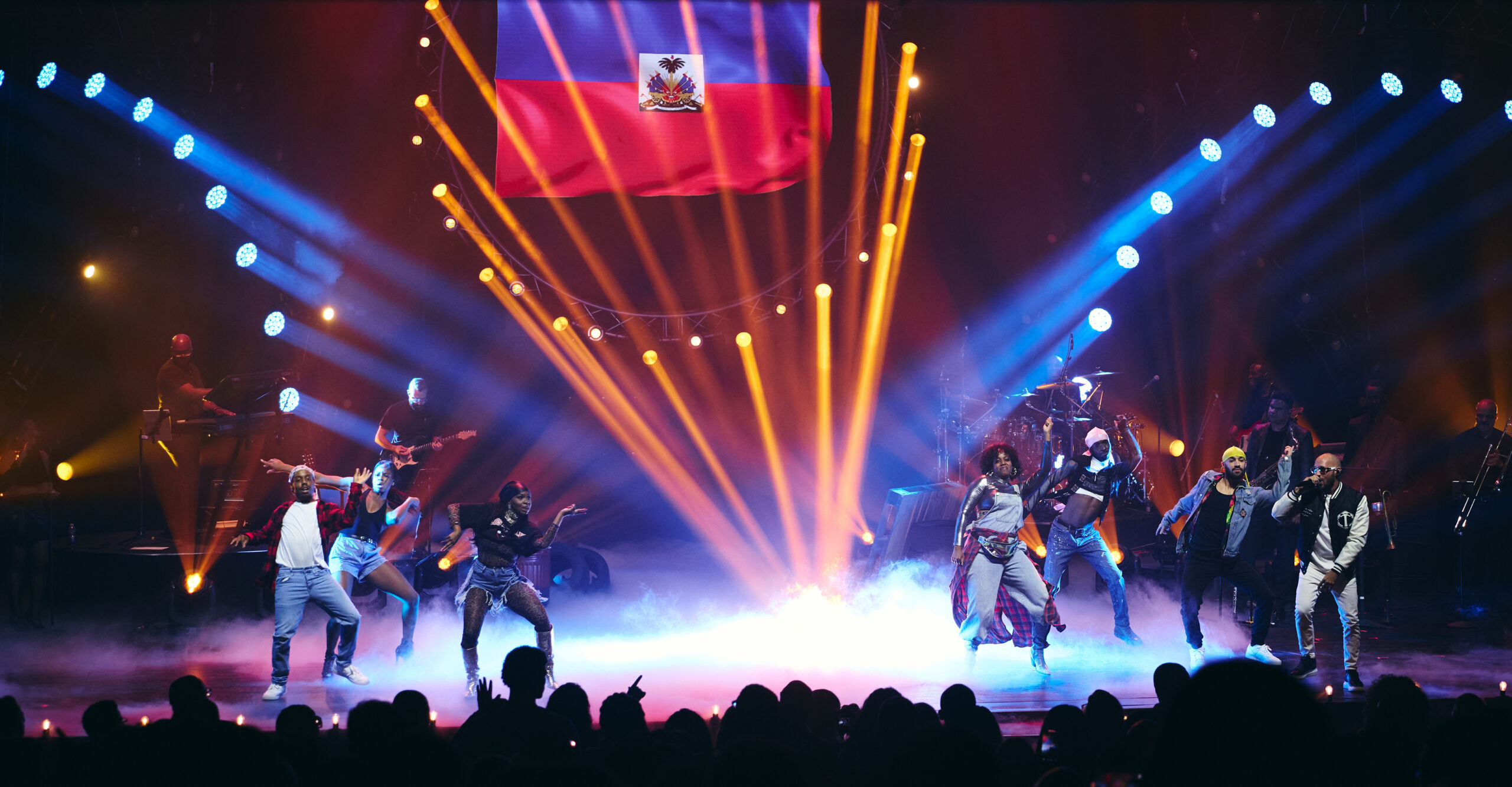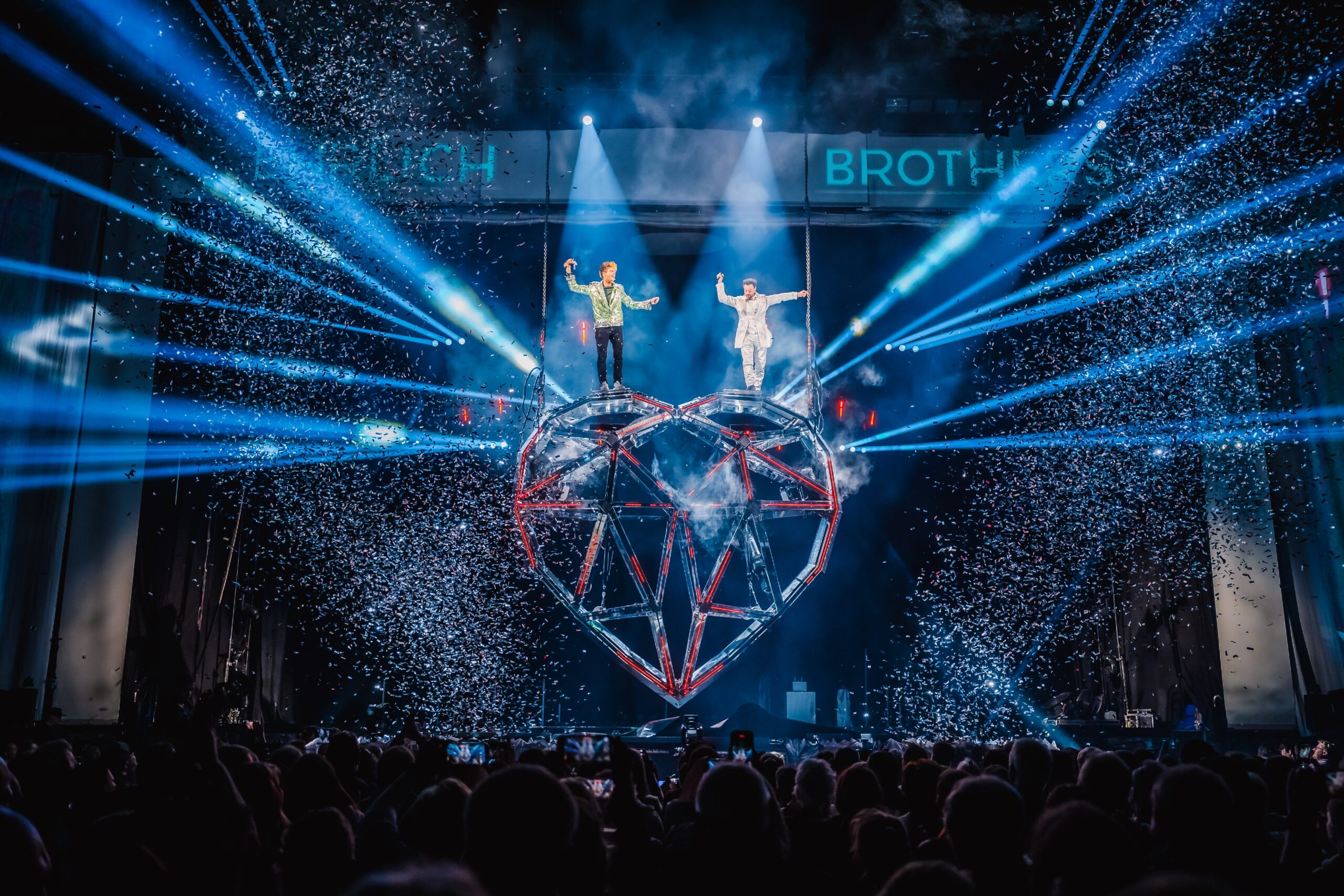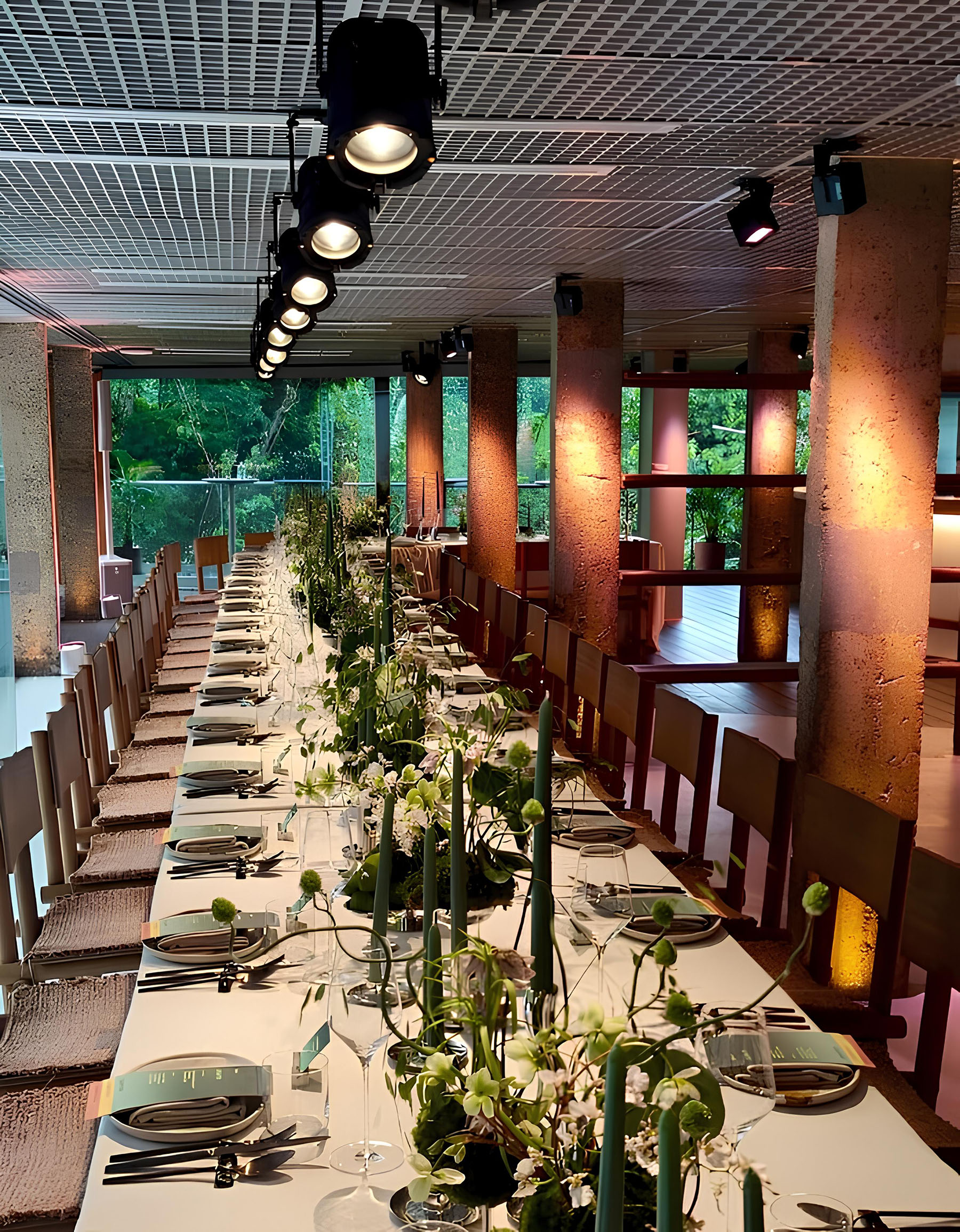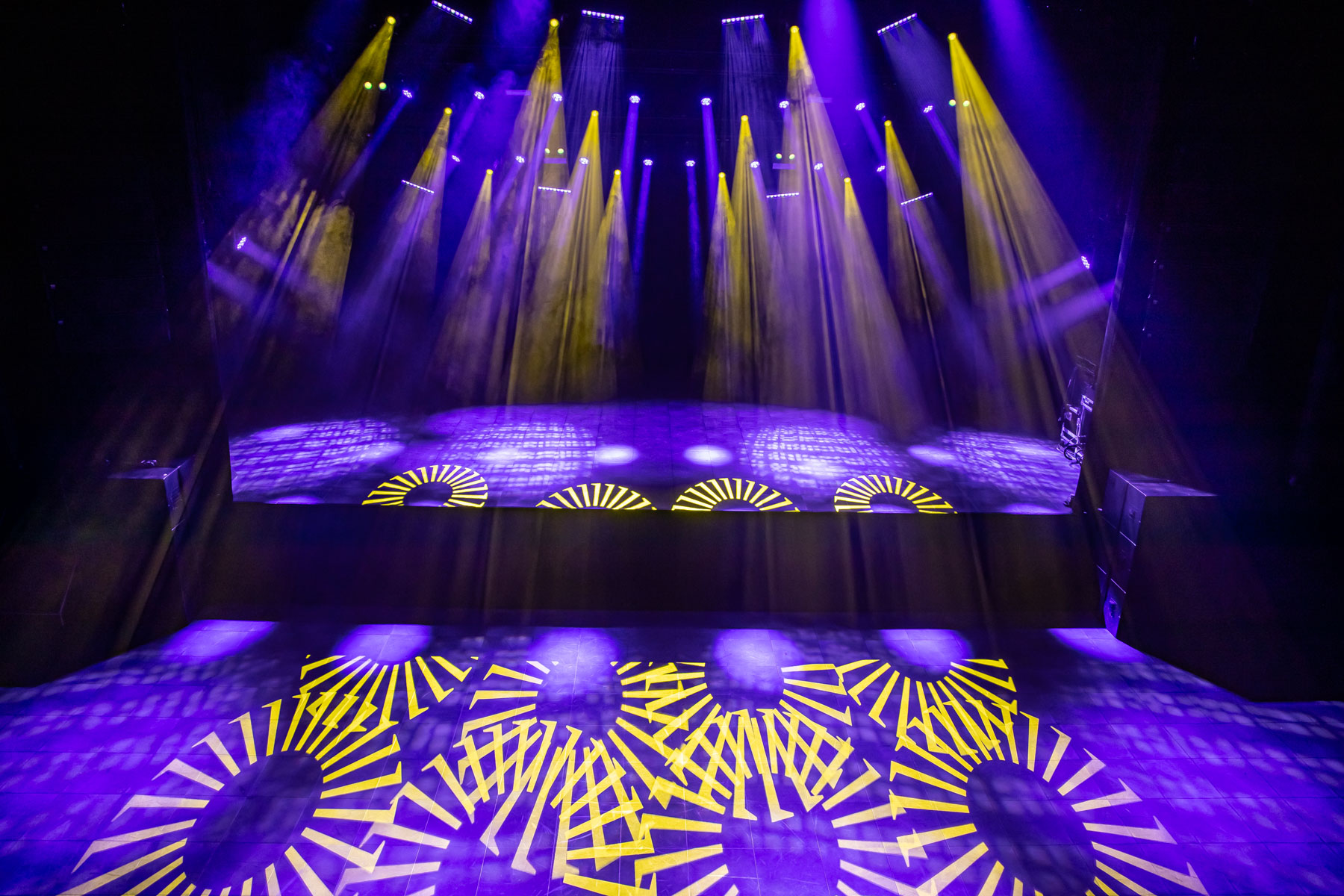LONDON – The Really Useful Group, producers of Love Never Dies, the sequel to Andrew Lloyd Webber's The Phantom of the Opera, worked with Stage Technologies and Delstar Engineering for the automation system for the West End production at the Adelphi Theatre. The sequel's story unfolds during the turn of the 20th century in Phantasma, a showground in Coney Island, N.Y., home to freaks and entertainers. Bob Crowley's set and costumes combine fair-inspired colors with the darker influences of the Phantom. A series of projections on layered tabs creates an immersive experience that opens up illusions of space and dimension, reality and fantasy, past and present.
The Stage Technologies group of companies has worked on technical solutions for a number of The Really Useful Group's productions including the original production of The Phantom of the Opera in 1986 and that show's first major U.K. tour in the early 1990s.
Delstar Engineering built the main travelator and its motorization in London, followed by a higher-speed chandelier drop system. On the tour, Delstar built all the major items of the set including the touring showdeck, travelator, ball staircase, front and reverse tabs, rising candles, candelabra mechanisms, front proscenium, portcullis, portals, stair trap, dive trap, opera boxes and chandelier mechanism, working alongside the Stage Technologies team.
While Andrew Lloyd Webber has been quoted as saying that Love Never Dies is intended to be a standalone show, the years of experience gained by Delstar and Stage Technologies since the original The Phantom of the Opera have proved to be an asset for the sequel.
The automation system for Love Never Dies includes close to 60 automated axes and is programmed via the new-series Acrobat∙G6 control desk, with motor control from seven AU:tour quick-install, plug-and-play, touring control racks. After a launch at Viva Elvis by Cirque du Soleil at the new Aria Resort & Casino in CityCenter, Las Vegas, eChameleon automation software is making its West End debut with this production.
Stage Technologies provided a number of purpose-built pieces to be designed and manufactured by Stage Technologies, including custom trusses and tracks for the trapeze artists and two wireless stage trucks. The trucks (used to move two set pieces – a tavern counter and Christine's dressing table) are friction-driven to enable them to cross onto and over the revolves from their stage guidance tracks. As part of the install, the Adelphi also contracted the manufacture of a custom-built gallery to improve the theatre facilities – in Love Never Dies it houses approximately 20 Stage Technologies counterweight assists.
The revolve, also controlled by the Acrobat∙G6, provides the scenic flow: a doughnut revolve with a center lift and drop-and-slide traps is used to expose the audience to different angles of both the scenery and the characters, with a smaller one-person revolve providing additional focus.
The aerial choreography is relatively simple: along with the two trapeze acts, there are a modest two point hoists for performer flying, a 4m/s MiniTow winch for a prop flying effect and a BigTow 390 winch that carries a hot air balloon basket and passengers.
The real workhorses of the show are the second BT390, used to fly a Martin EvenLED wall in and out of the stage area during every scenery change, and a BT490 that brings in the huge set piece for the "Aerie" scenes.
Other axes include rotating light boxes that allow the curved cyclorama to extend all the way to the proscenium for certain scenes.
In addition, the AU:tour product family offers the ability to control simple fixed-speed axes; in Love Never Dies this facility is used to automate ascending front-of-stage footlights, used when Christine is performing the title song at a special concert held by the Phantom.
After having made its first appearance with a production of A Midsummer's Nights Dream by the Royal Shakespeare Company last year, Stage Technologies' F:light system was selected by lighting designer Paule Constable to synchronize lighting and automation. F:light enables lighting fixtures to track any piece of scenery under the control of the automation system smoothly and with minimum effort.
In Love Never Dies, individual performers and set pieces on the revolve are the key elements to which F:light links moving lights. This would normally pose a major challenge for the lighting programmer but using F:light meant nothing had to change; the lights just kept following based on the new speed.
Previews for Love Never Dies started Feb. 20; a press night was held on March 9 and Love Never Dies is currently due to open on Broadway later this year and in Australia in 2011.
For more information, please visit www.stagetech.com



